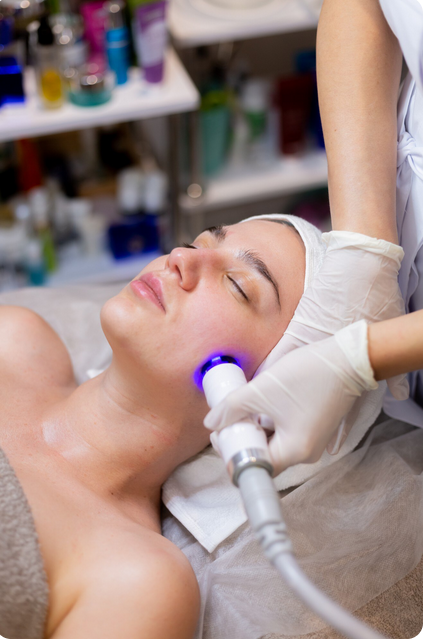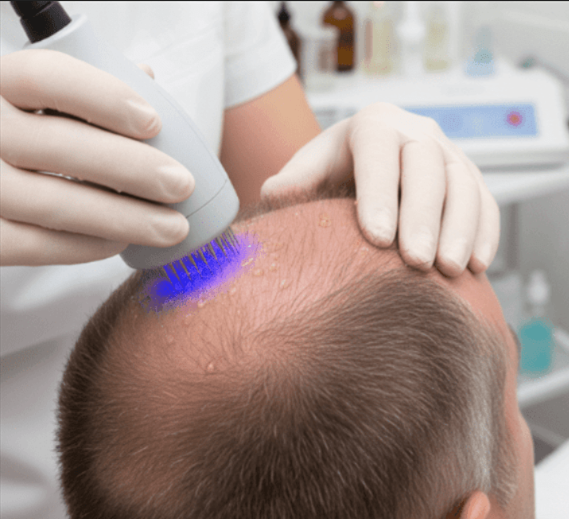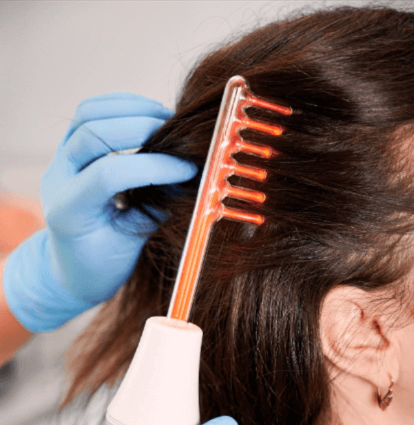Pigmentation issues affect many individuals, causing uneven skin tone, dark patches, and cosmetic concerns that impact confidence and appearance. Thanks to technological advancements, Pico laser treatment has become a leading solution for effectively addressing a wide range of pigmentation problems. This guide explores the different types of pigmentation that Pico laser can treat, highlighting why it’s a versatile and preferred option.
Understanding Pigmentation
Pigmentation irregularities occur when melanin, the natural pigment in skin, is produced unevenly or accumulates excessively in certain areas. This can happen due to sun exposure, hormonal changes, aging, inflammation, or injury. The result is various forms of hyperpigmentation, which may be temporary or persistent.
1. Melasma
What Is Melasma?
- A common pigmentation disorder characterized by brown to grayish-brown patches, often on the cheeks, forehead, upper lip, and chin.
- Frequently linked to hormonal changes such as pregnancy, birth control pills, or hormone replacement therapy.
- Often worsened by sun exposure.
Why Pico Laser Helps
- Pico laser’s ultra-short pulses break down the dense melanin deposits in the skin layers without causing significant heat damage.
- Suitable for delicate areas of the face.
- Particularly effective for melasma resistant to topical creams.
2. Sunspots (Solar Lentigines)
What Are Sunspots?
- Flat, brown spots caused by prolonged sun exposure and UV damage.
- Commonly appear on the face, hands, shoulders, and other sun-exposed areas.
- Often referred to as age spots or liver spots.
Why Pico Laser Helps
- The laser targets the melanin clustered in sunspots, shattering pigment into tiny particles.
- Accelerates clearance of sun-damaged skin.
- Improves overall skin tone and texture with minimal downtime.
3. Freckles
What Are Freckles?
- Small, light brown spots that tend to appear on sun-exposed areas.
- More common in people with lighter skin tones.
- Usually genetic and more visible with sun exposure.
Why Pico Laser Helps
- Effectively breaks down the concentrated melanin in freckles.
- Safe and quick treatment to reduce visibility and prevent further darkening.
4. Post-Inflammatory Hyperpigmentation (PIH)
What Is PIH?
- Dark spots or patches that develop after skin inflammation or injury such as acne, eczema, cuts, or burns.
- More common and pronounced in darker skin types.
- Can persist for months or longer if untreated.
Why Pico Laser Helps
- Breaks up the excess melanin deposited during the skin’s healing process.
- Minimal risk of aggravating the condition due to reduced heat and inflammation.
- Helps restore even skin tone over several sessions.
5. Nevi and Benign Pigmented Lesions
What Are They?
- Nevi are commonly known as moles or birthmarks—benign pigmented skin growths.
- Some other benign pigmented lesions include lentigines or café-au-lait spots.
Why Pico Laser Helps
- Pico laser can lighten or remove some benign pigmented lesions effectively.
- Provides a non-invasive alternative to surgical removal in certain cases.
6. Tattoo Removal (Related but Separate)
- While not pigmentation in the natural skin sense, Pico laser is widely used to remove tattoos by breaking down colored ink particles.
- The same principles apply: ultra-short pulses shatter pigment, which is cleared by the body.
Why Pico Laser Is Ideal for Treating Pigmentation
| Feature | Benefit for Pigmentation Treatment |
|---|---|
| Ultra-short pulses (picoseconds) | Minimizes heat and protects surrounding skin |
| Photoacoustic mechanism | Shatters pigment into tiny particles for better clearance |
| Adjustable wavelengths | Targets various pigment colors and depths |
| Safe for all skin types | Reduced risk of post-inflammatory pigmentation |
| Minimal downtime | Patients can resume daily activities quickly |
Summary Table: Pigmentation Types Treatable by Pico Laser
| Pigmentation Type | Description | Pico Laser Benefit |
|---|---|---|
| Melasma | Hormonal dark patches | Effective, minimal heat damage |
| Sunspots (Solar Lentigines) | Age-related sun damage spots | Quick pigment breakdown |
| Freckles | Small, sun-exposed brown spots | Safe, reduces pigmentation |
| Post-Inflammatory Hyperpigmentation | Darkening after inflammation/injury | Gentle treatment, low risk of worsening |
| Nevi & Benign Lesions | Moles and birthmarks | Non-invasive pigment reduction |
| Tattoo Pigmentation | Ink pigment removal | Breaks down ink safely |




